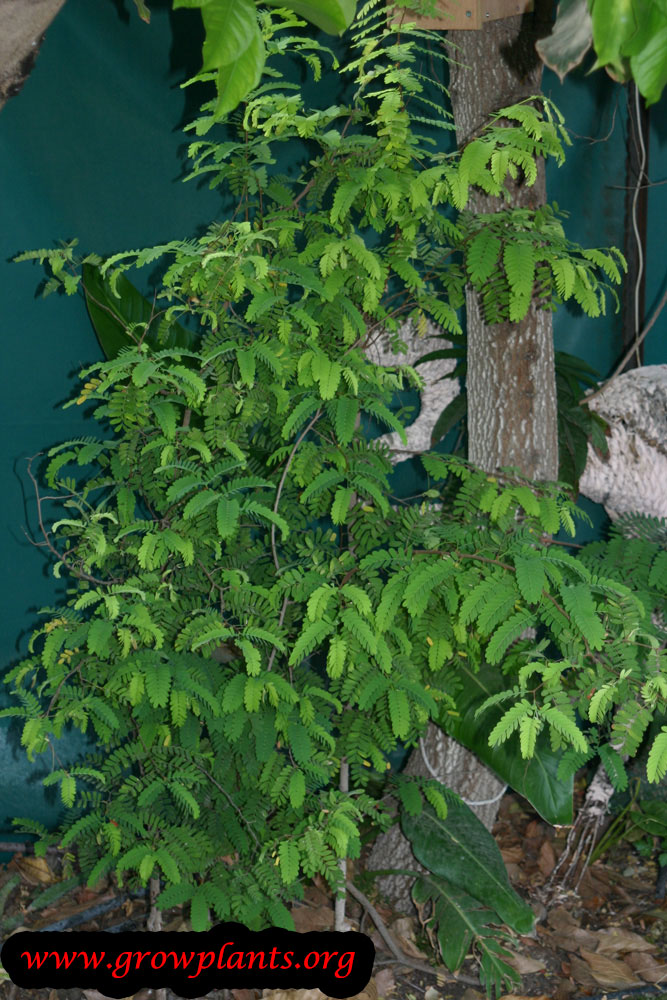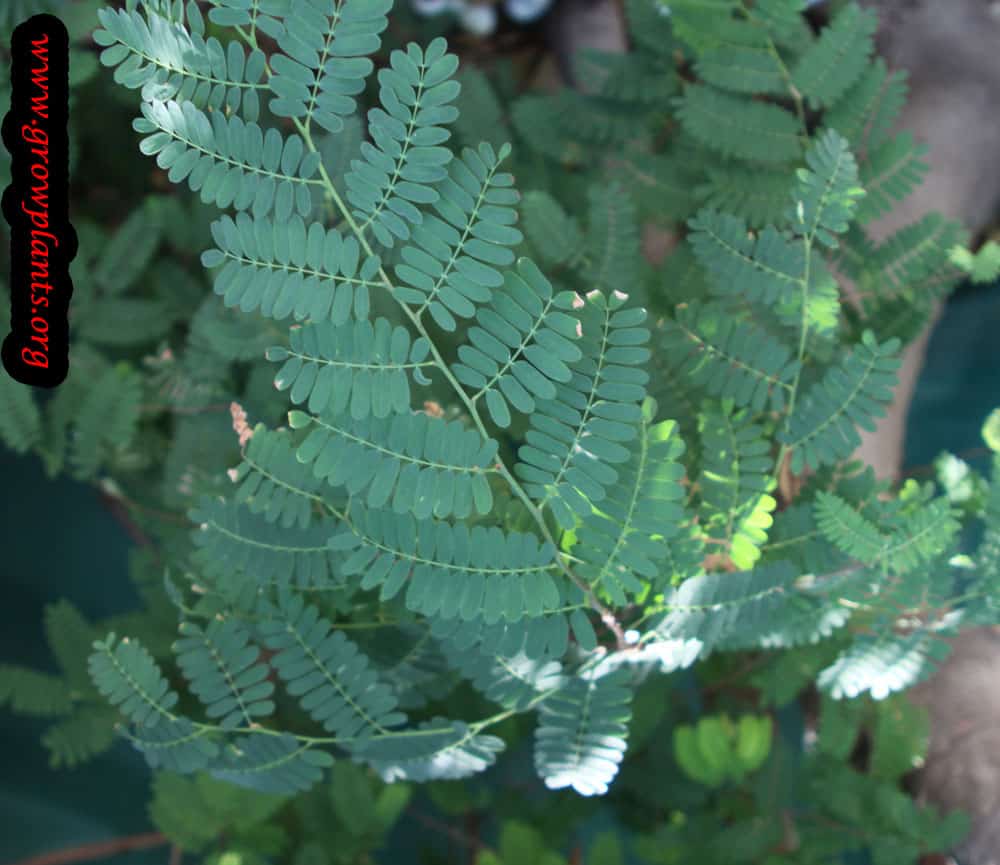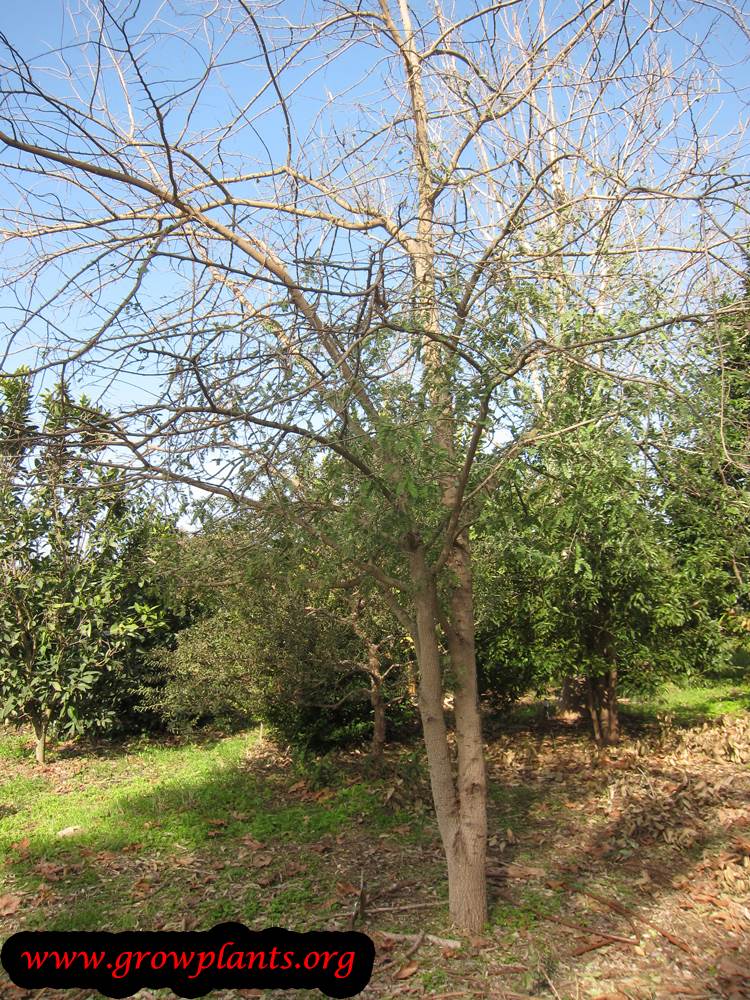Tamarind tree grow and care – tree of the genus Tamarindus also known as Tamarindus indica, Tamarind tree perennial evergreen in cold weather become deciduous plant, grow for the edible fruits also used as ornamental plant and can grow as bonsai tree, grow in tropic, mediterranean or subtropical climate and growing in hardiness zone 10b+ and possible to grow with right overwinter care in hardiness zone 10a
Leaves color green, the leaves shape bi-pinnate.
Flower color yellow with red veins the buds are red.
Tamarind tree fruits
Fruit grow in pods, the color of the peel is brown the inner color of the purple-brown, taste of the fruits remind Date palm.
Tamarind tree for sale – Seeds or Plants to Buy
No products found.
How to grow Tamarind tree growing and care:
How to grow:
For bearing good quality of fruit need more than 7C but can survive frost, prefer high humidity, to keep moist soil
How to care:
Rich soil, mulch (dead leaves or other organic parts)
What is the best way to start growing?
Plant / Seed / Air layer
Is it necessary to graft in Tamarind?
Yes, grafted tree is important because sometimes the pod can be really small
Difficulties or problems when growing:
Hard to pick the fruit
Planting season:
Spring in hardiness zone 10a, spring to summer in hardiness zone 10b, spring to autumn in hardiness zone 11 and all the year in hardiness zone 12+.
Pests and diseases:
Ants, aphids
Pruning season:
All year
How to prune:
Branch that going down, recommend to cut the branches when it young high density
Size of the plant:
4-10 m, 12-30 feet
Growth speed in optimal condition:
Medium growing
Water requirement:
Small amount of water / Average amount of water
Light conditions in optimal condition for growing:
Full Sun
Is it possible to grow indoor as houseplant (indoor)?
No
Growing is also possible in a planter /flowerpot / containers:
No, it’s possible to grow but high chance that will never bear fruits
Blooming information
Bloom season:
Spring / Summer
General information about the flower
Yellow with red veins the buds are red
Pollination is done by:
Bees
Edible Fruit
Fruit harvest season:
Summer / Autumn
Fruits pests or diseases:
Birds
What can be done with big quantities of Tamarind fruits?
Eat raw, jams, dry, fruits leather
Work requirements on the fruit:
Pick the fruit up
How long does it take to bear fruit?
4-6 years
How to grow tamarind from seed
Sowing requirement:
Rich soil, soak the seeds in water for 24 hours
Saving and care seeds until sowing:
Dry and dark location
Sowing season:
Spring to summer will better and possible in hardiness zone in 12 all years
How to plant:
Better to use fresh seeds, use vermiculite to keep the moist of the soil, possible to sow indoor in the winter in colder climate
Planting spacing:
Better in different pots, directly in the location 5*4m (15*12 feet)
Depth of Sowing:
2-5cm (1-2 inches)
Conditions for seeds germinate:
Sunny location in high humidity don’t let the soil dry
Watering requires for Seeds:
Average amount of water / Big amount of water
Germination time:
1-3 weeks
Condition of seedling:
Moist soil, high humidity,
Scientific name:
Tamarindus indica
Categories
| Blooming Seasons |
|
|---|---|
| Edible Parts |
|
| Culinary uses |
|
| Flower colors |
|
| Climate |
|
| Harvest Season |
|
| Ornamental parts |
|
| Plant growing speed |
|
| Plant life-form |
|
| Plant Uses |
|
| Planting Season |
|
| Plants sun exposure |
|
| Watering plants |
|
| Hardiness zone |
|




